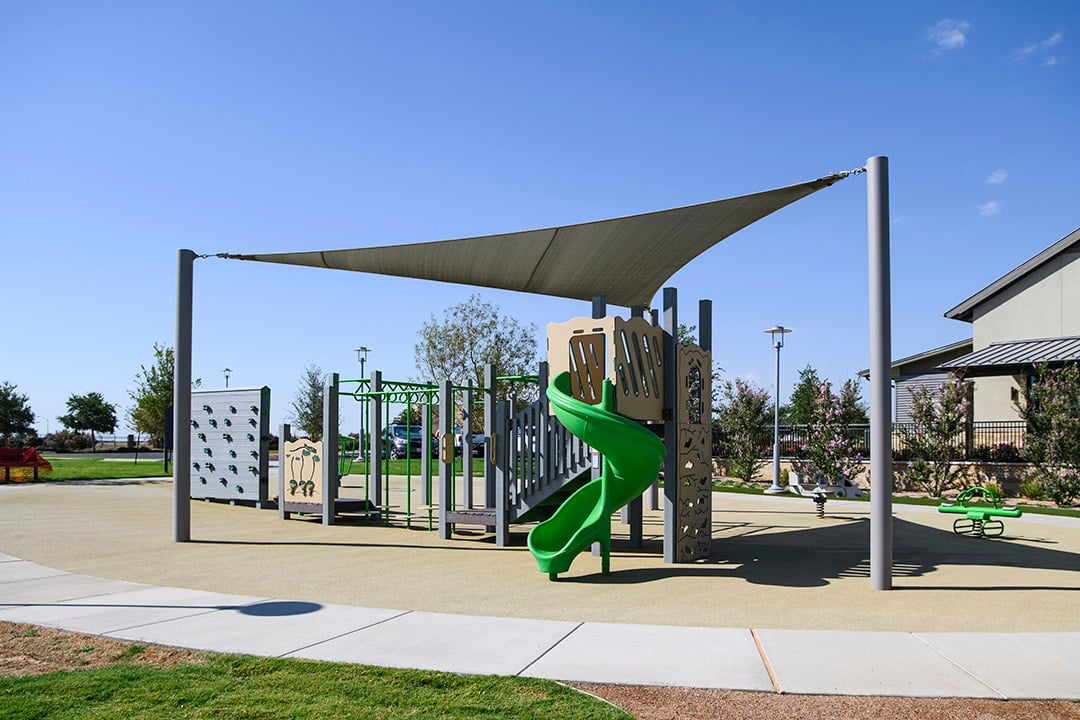In 2012, more than one-third of children and adolescents were overweight or obese in the United States. Childhood obesity has reached epidemic proportions and the statistics are alarming.
A Few Statistics
- Childhood obesity has more than doubled in children and quadrupled in adolescents in the past 30 years.
- The percentage of children aged 6–11 years in the United States who were obese increased from 7% in 1980 to nearly 18% in 2012.
- 16% of all white children were overweight in 2013.
- 19% of African American children were overweight in 2013.
- 18.3% of Hispanic or Latino children were overweight in 2013.
- In 2013, 72.% of children did not participate in at least 60 minutes of daily physical activity within one week.
- In 2013, 48.3% of children did not participate in muscle-strengthening activities at least three days out of the week.
What are the challenges?
For Children
Obese children face significant challenges:
- Increased overall fatigue and lower ability to concentrate due to generally compromised cardiovascular condition and lung function
- Decreased self-esteem and increased social difficulty
- Increased absenteeism because of increased illnesses
- Significantly increased risk of becoming an obese adult
Every expert (from pediatricians to physical education instructors) agrees that combating obesity involves decreasing calorie intake and increasing exercise.
For Schools
The challenge for schools:
- Finding time for enough exercise in an academically focused instructional day
- Structured physical education classes are often focused on sports skill development rather than on individualized fitness goals
- Physical education teachers generally see every child in an elementary school for a few very brief periods each week; they cannot realistically be expected to track or monitor each child’s development
- Achievable and measurable learning and fitness goals are difficult to define, evaluate, or document when children are involved in traditional free play or recess
Classroom teachers can focus on every child’s individual needs. An outdoor fitness center, as described below, will allow teachers to integrate a variety of curricular goals while significantly increasing the daily physical activity of students.
These curriculum goals might include:
- Estimating, planning, dictating, observing, recording, and reviewing
- Measurement of weight, distance, circumference, and area of a wide variety of geometric shapes
- Counting, adding, multiplying, dividing, subtracting, creating sets, intersections, and lines
- Listening to and following a variety of instructions involving cardinal and ordinal directions
- Developing eye-hand and eye-foot coordination
- Setting, composing, reviewing, and achieving short and long-term goals
- Developing body awareness and increasing self-esteem
What can a fitness center include?
While each outdoor fitness center is created custom for your individual needs, fitness centers can include items like:
The Lateral Rock Wall Climber features rock-shaped grips that are randomly placed on both the front and back surfaces of the wall. Hip and shoulder flexors and extensors are lengthened and shortened, promoting strength and flexibility. All muscle groups are addressed in this enjoyably challenging station.
The Parallel Bars are designed to develop hand, forearm, bicep, triceps, and shoulder strength. Balance and hand-eye coordination are also developed through the repeated use of this station.
With the Curved Overhead Rails, external rotation of a child’s hand grip is required as they make their way along the bar strengthening postural muscles of the back, triceps, and biceps. This activity also encourages the development of hand-eye coordination and may require the hands and/or arms to cross the body’s midline. This station is equipped with two accessible landing platforms and hand grips to encourage participation by wheelchair-bound students.
Our Trapeze Rings are a linear series of chain-suspended hand grips that have a wide range of movement. Hand strength and upper body muscle groups are developed by the use of this station. Additionally, hand-eye coordination is developed and sensory receptors are stimulated.
The Bi-Level Chin Bars are one of the most basic yet most effective strengtheners. Almost all muscles of the body are engaged. Simply hanging from the bar develops muscle strength and flexibility. Optimal strength training results when the child pulls up his or her body weight. An underhand grip targets large and small muscle groups of the chest (pectorals) and biceps (arms). Forward palm placement targets the entire length of the arms and postural muscles of the back.
Rubber Mushrooms are simple pieces that encourage movements found in a traditional leap-frog game with a reduced risk for injury. Arm strength, flexibility, and whole-body coordination are developed in this activity. Students with limited locomotion can use these items as standards to practice turning maneuvers.
Transfer Stations are available for students with limited locomotion. Depending on abilities, the child can improve balance and upper body strength to transfer onto the activity station from the wheelchair. These stations can also serve as a designated resting bench for children between strenuous activities.
We can help design and build an outdoor fitness center that's centered around your program's objectives, budget, and age-specific needs. Get in touch with you local sales rep to get started.



.jpg)